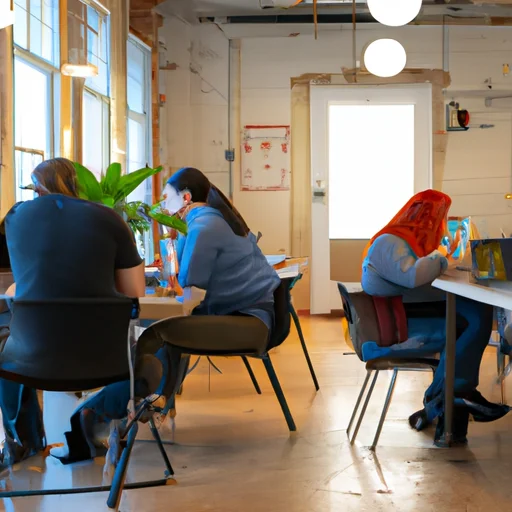Introduction
In today's fast-paced tech landscape, professionals often feel overwhelmed by their workloads. While efficiency and time management are critical, they should not come at the cost of employee well-being. Designing workflows that reduce anxiety can lead to a more productive and engaged workforce. This post explores the principles and strategies for creating such workflows, focusing on the intersection of mental health and productivity.
Understanding Anxiety in the Workplace
Anxiety in the workplace can stem from various sources, including tight deadlines, unclear expectations, and excessive multitasking. As organizations strive to enhance productivity, they often overlook the psychological impact of their processes.
According to research, high levels of workplace anxiety can lead to decreased performance, lower morale, and increased turnover. Therefore, addressing anxiety should be as important as optimizing time and resource management. Here are some common factors that contribute to workplace anxiety:
- Unclear Goals: When employees do not have a clear understanding of their responsibilities, it can lead to feelings of uncertainty and stress.
- Overlapping Tasks: Juggling multiple projects or tasks without clear prioritization often results in overwhelming pressure.
- Lack of Feedback: Employees thrive on constructive feedback. A deficiency in communication can exacerbate feelings of isolation and anxiety.
Key Principles for Designing Low-Anxiety Workflows
To create workflows that alleviate anxiety, consider the following principles:
1. Clarity and Transparency
Establish clear goals and expectations for every team member. This includes defining roles, setting performance metrics, and ensuring that everyone understands the workflow process. Transparency reduces uncertainties and fosters a sense of ownership among team members.
2. Prioritization and Focus
Encourage teams to focus on a limited number of high-priority tasks at any given time. Techniques such as the Eisenhower Matrix can help in prioritizing tasks based on urgency and importance, enabling employees to dedicate their energy to what matters most.
3. Regular Check-Ins and Feedback Loops
Implement regular one-on-one check-ins and team feedback sessions to nurture open communication. This practice can help identify potential issues before they escalate into larger problems and provide employees with the reassurance they need.
4. Flexibility and Autonomy
Offer flexibility in how tasks are completed. Allowing employees to choose when and how they work can lead to increased job satisfaction and reduced stress. Autonomy empowers employees, making them feel more in control.
5. Supportive Environment
Foster a culture of support where employees can express their concerns and seek help without fear of judgment. Providing resources such as mental health days, access to counseling services, or stress management workshops can contribute to a healthier work environment.
Technology-Driven Solutions for Reducing Anxiety
While the principles mentioned above are fundamental in designing workflows, technology can further enhance these efforts:
1. Workflow Automation Tools
Utilizing automation tools can help minimize mundane tasks that contribute to employee stress. By automating repetitive processes, teams can focus on creative and strategic work that adds value.
2. Communication Platforms
Implementing effective communication tools can enhance transparency and reduce misunderstandings. Platforms that facilitate real-time updates and feedback can help keep everyone aligned and informed.
3. Project Management Software
Project management tools can provide clear visibility into tasks, deadlines, and responsibilities. These platforms allow teams to break down projects into manageable tasks, reducing overwhelm.
Measuring the Impact of Low-Anxiety Workflows
To ensure that the implemented strategies are effective, organizations should measure the impact of low-anxiety workflows:
- Employee Surveys: Conduct regular surveys to assess employee satisfaction and anxiety levels.
- Performance Metrics: Track productivity and engagement metrics to identify correlations between workflow changes and performance.
- Retention Rates: Monitor employee turnover rates as a key indicator of workplace satisfaction.
Conclusion
Designing workflows that reduce anxiety is not just a luxury; it is a necessity in today’s demanding work environment. By prioritizing clarity, prioritization, feedback, flexibility, and support, organizations can create a culture that values employee well-being. Utilizing technology to streamline processes further enhances these efforts, ultimately leading to a healthier, more productive workplace. Focusing on reducing anxiety, rather than solely on time, can position companies for long-term success.

